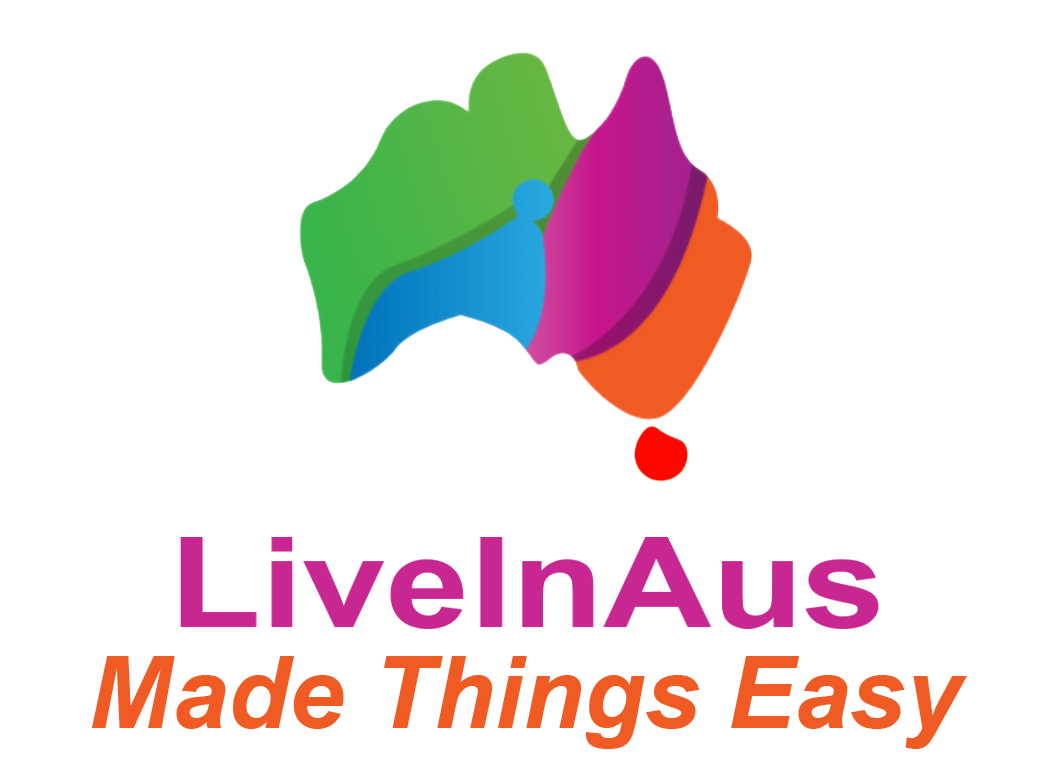When it comes to managing your finances, having the right bank account is crucial. In Australia, a wide array of bank account types cater to various needs and lifestyles. From the simplest transactions to long-term savings goals, understanding these account types can empower you to make informed decisions about your money. In this guide, we’ll walk you through the most common types of bank accounts available in Australia.
1. Everyday Transaction Accounts: Your Financial Hub
Everyday transaction accounts, also known as transactional or everyday accounts, are the backbone of your banking experience. These accounts are designed for daily financial activities like paying bills, making purchases, and receiving your salary. With features like a debit card, online banking, and mobile apps, these accounts make managing your day-to-day finances a breeze.
2. Savings Accounts: Building Your Financial Cushion
Savings accounts are tailored to help you grow your money over time while providing quick access to your funds. They typically offer higher interest rates than everyday transaction accounts, making them an excellent choice for emergency funds or short-term savings goals. Look for accounts that offer bonus interest for meeting specific criteria, such as depositing a minimum amount each month.
3. Term Deposits: Locking in Your Savings
If you have a specific savings goal in mind and can afford to lock away your funds for a fixed period, term deposits are worth considering. These accounts offer a fixed interest rate over a predetermined term, which can range from a few months to several years. Keep in mind that withdrawing your funds before the term ends might result in penalties.
4. Online-only Accounts: Convenience at Your Fingertips
As technology continues to reshape banking, online-only accounts have gained popularity. These accounts operate exclusively through online platforms, offering competitive interest rates and lower fees due to reduced overhead costs. While you might miss the in-person services of traditional banks, online accounts provide convenient access to your finances anytime, anywhere.
5. Joint Accounts: Sharing Financial Responsibilities
Joint accounts are designed for couples, family members, or business partners who want to manage their finances together. All account holders have equal access to the funds, making it easier to split bills, manage shared expenses, or save for common goals.
6. Children’s Savings Accounts: Cultivating Financial Literacy
Encouraging financial literacy from a young age is essential. Children’s savings accounts help kids learn about money management, budgeting, and saving. These accounts often offer competitive interest rates and no fees, making them an ideal platform for parents to teach their children about responsible money habits.
7. Retirement Accounts: Preparing for the Golden Years
In Australia, retirement accounts, commonly referred to as superannuation funds, play a pivotal role in securing your financial future. Employers contribute a percentage of your salary to your superannuation, which is invested and grows over time. These funds become accessible when you reach retirement age, ensuring you have a comfortable nest egg for your golden years.
Navigating the diverse landscape of bank account types in Australia might seem overwhelming at first, but it’s crucial to find the accounts that align with your financial goals and lifestyle. Whether you’re seeking easy access to funds, long-term savings growth, or specialized accounts for specific purposes, understanding your options empowers you to make informed financial decisions. So, take the time to explore these account types and choose the ones that best suit your needs – your financial future will thank you for it.

Leave a Reply